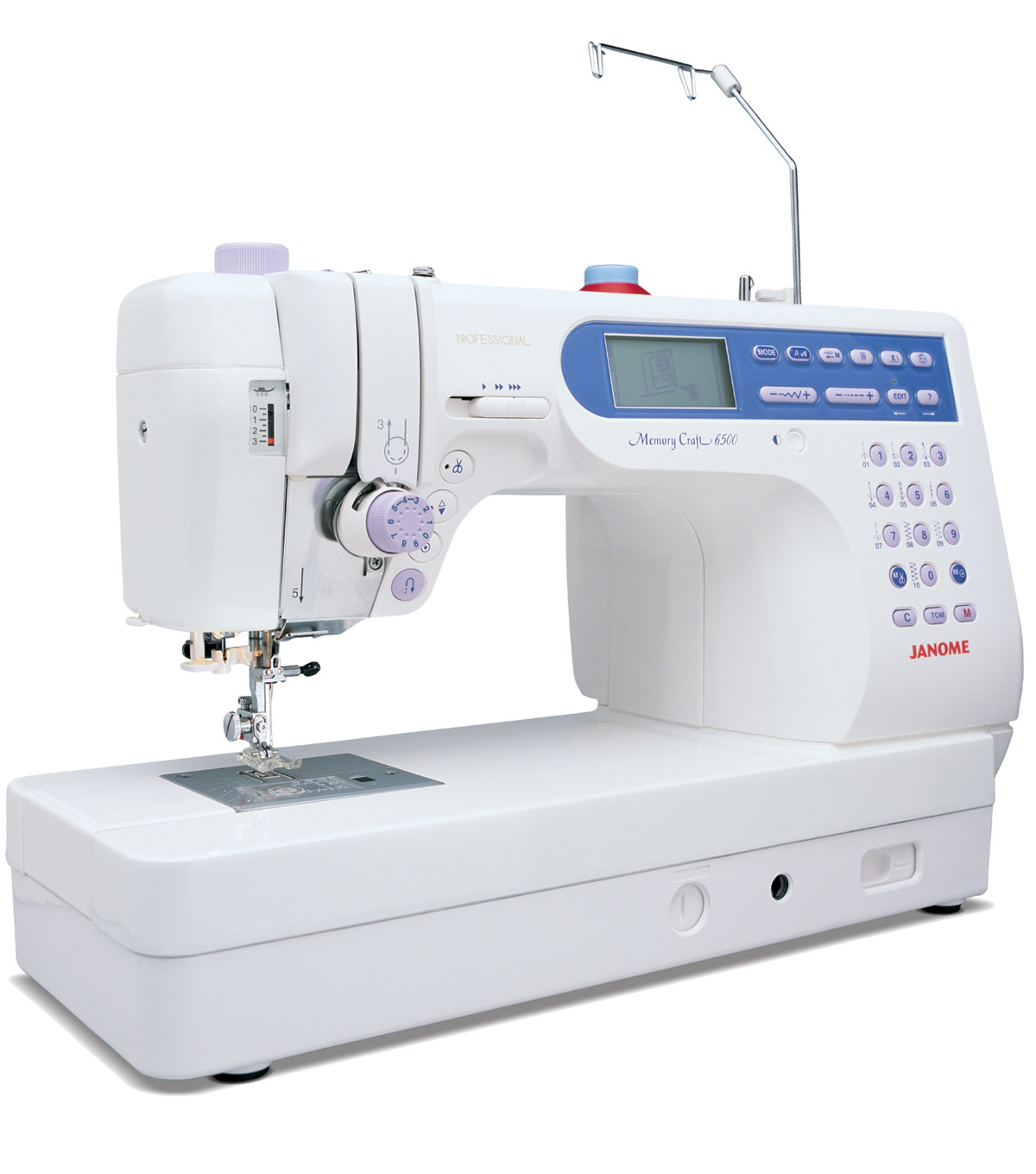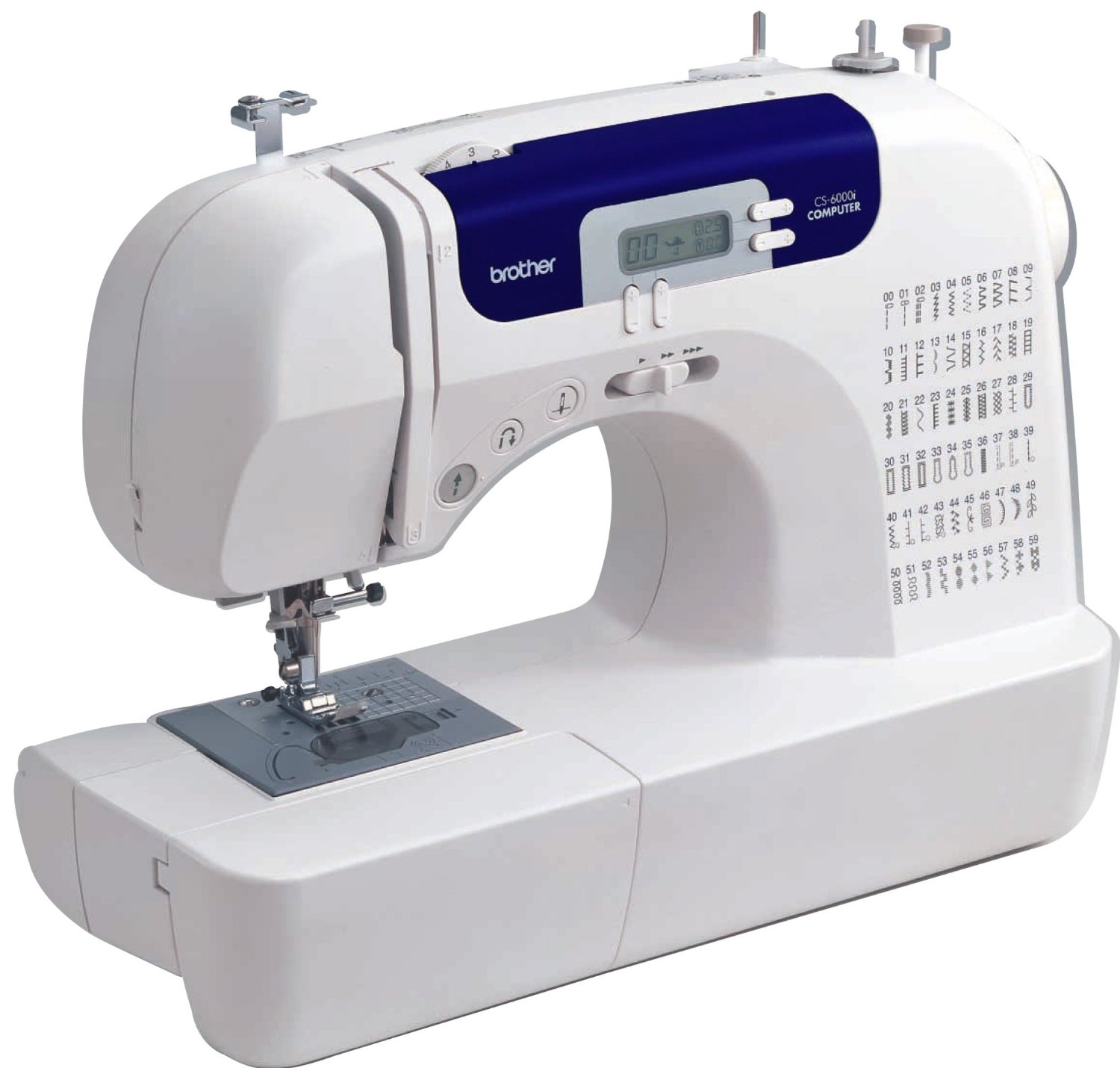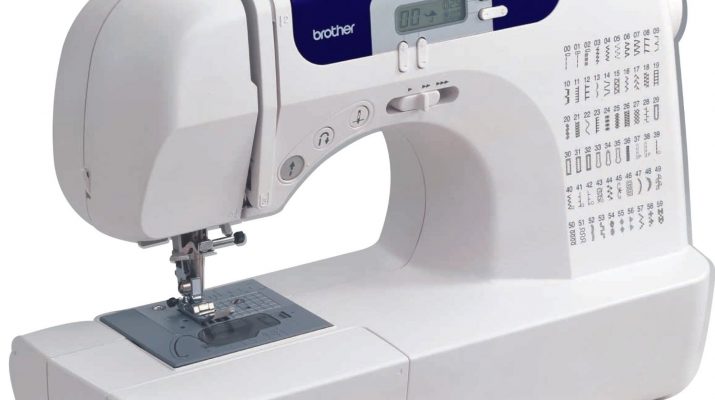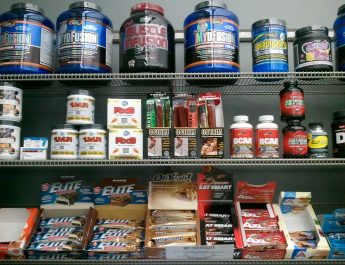Antiques are usually expensive and, aesthetics aside, functionless. On the other hand, Antique Sewing Machines are fairly inexpensive, beautiful, and typically still quite operational. Even after decades of storage, old treadle antique sewing machines continue to operate with little effort. This is a testament to their excellent design, and it also provides an opportunity to invite a classy antique into your home for little cost, provided you can clean it. This guide assumes you have a foot treadle powered antique sewing machine, but the steps should work for an electric too.
While the wooden parts of an antique sewing machine are just typical laminated furniture, the actual treadle mechanism and machine require a different touch. If the “furniture” components of the machine are in good shape, then you are probably ready to restore the metal treadle and sewing machine itself.

Let’s start with the base. If the base is in decent shape, you may just need to wire brush off the rust and repaint it with a protective back layer. If your machine has a lot of trim, or if you want to highlight the SINGER or other logo, a bit of gold paint afterward can bring out any details you want to show off. In general, you can treat the base like any other piece of metal furniture with one caveat: the treadle mechanism should never be gummed up with paint. Even on a functionless machine, the treadle pedal should work and the wheel should spin. Don’t gum that up with paint, and if your machine is like mine, don’t lose the spring on the belt tensioner.
Now to work on the antique sewing machine head unit. They are typically black with gold decals applied to them. There were usually a few chromed pieces as well, like the hand wheel and some removable plates. For the chrome pieces, I use Eagle One Never Dull Wadding Polish, but any automotive polish should work. It may take some effort to get through years of rust, but it is well worth it to see nice, shiny metal. While I have never had a problem with it, I avoid getting it on the black enamel as much as I can, just in case there is a bad reaction with the polish chemicals. How to remove the chemicals from the machines without damage? The information regarding cleaning is available at http://sewingmachinebuffs.com/best-sewing-machine-for-quilting/ site for the benefit of the person. The understanding through the person should be good for the benefits related to the sewing machines.
The black enameled parts are a different story. I use Liquid Wrench on them. Oddly enough, Liquid Wrench, a penetrating lubricant made for removing stuck nuts and bolts, is an excellent cleaner. WD-40 is an excellent cleaner as well. I put some on a rag and carefully rub it all over any spots I intend to clean. It does a remarkable job removing decades of dust and dirt accumulation. I’ve been surprised at times to find that the decals I thought had been lost were actually just covered up with soot from Pittsburgh’s coal burning era. In this case, some people recommend soaking the whole head unit in the Liquid Wrench (or kerosene) but if you do decide to try that (I haven’t) be careful to re-lubricate all the internal mechanisms, as the chemicals will remove all oils from the interior (where they belong) as well as from the exterior, so you could seize the machine up without knowing it.

Once you have cleaned it, take a look at what you have. Chances are, you don’t have a perfect machine, but you have a piece of history and a beautiful antique for your home. Remember, when in doubt, use automotive supply stores for cleaning supplies and test them on a small spot on your antique sewing machine. Happy Restoring.




